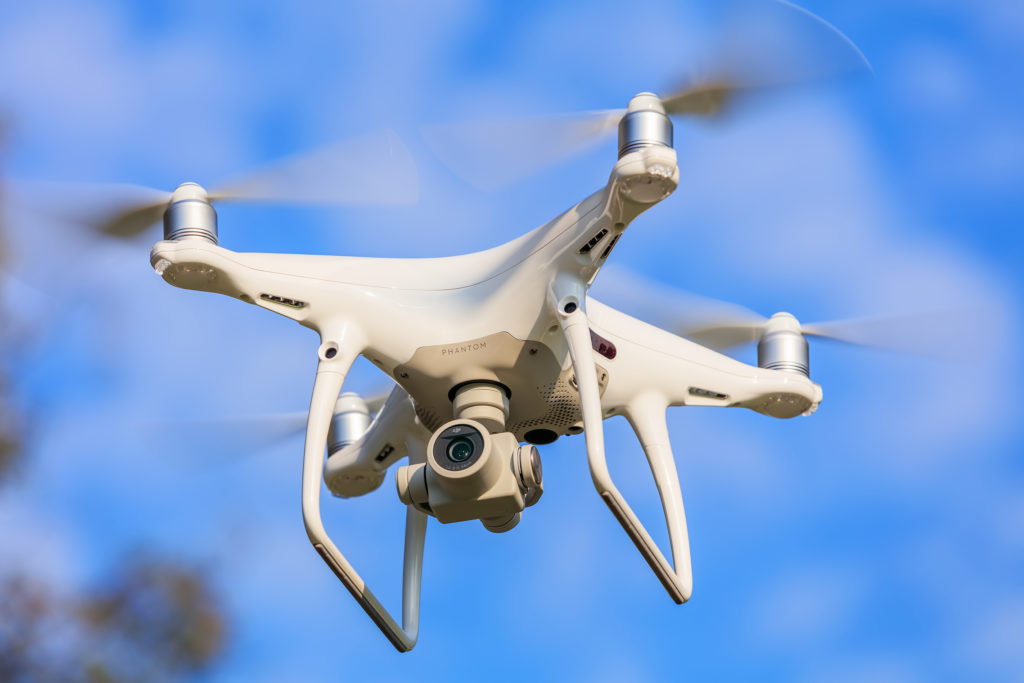What K-12 Learns with Drones in the Classroom

More than just a cool toy, drones are being used in a variety of ways to teach students in grades from kindergarten through high school and beyond.
Teachers around the world are using drones to enhance their lessons and help students acquire new skills and knowledge. In Tomás Franceschin’s article Five Ways in Which Teacher Are Using Drones in the Classroom, he states that a school in Bangkok “is having students learn how to make and read graphs, calculate distances, and acquire some basic trigonometry concepts by following the path of different drones operated by other students. In higher courses, drones can be used to engage students into dealing with more advanced equations, for example applying the Bernoulli principle to calculate stall speeds (the minimum speed at which an aerial vehicle loses lift and falls off the sky) and testing it in real life.”
According to an article titled Drones Take Their Place in the K–12 Classroom by Wylie Wong, teachers at a Colorado middle school are using drones to teach the “conceptual physics of how the aircraft work, their different parts, and how to fix them when they crash or break”. High school teachers are also teaching students to “design and build their own drones and prepare to earn FAA certification as drone pilots.”
With a curriculum that involves drones, students also learn collaboration, critical thinking, communication, and problem-solving skills. Teachers are finding that they can help enhance students’ orientation and motor skills, help them build a better understanding of the world around them, enrich their imagination, and spark their curiosity in ways that can be very beneficial, even when it comes to learning topics that may seem completely unrelated to this technology and its possibilities.
Career Connection
Drones are pretty cool, which gets students engaged, but they’re also used as tools in various industries (shipping, agriculture, construction, entertainment, and more), which creates a career connection.
Covering drone technology in the classroom helps prepare students for jobs in the fast-growing, multi-billion dollar industry. From here, students might explore careers as pilots, or look at jobs in programming, design, engineering, mechanics, and data analysis.
7 Tips for Teachers
Dian Schaffhauser’s article Robotics Education Takes Flight from Steam Universe, offers these seven drone tips for teachers:
- “Seek help from educators who have already done what you’re trying to do.”
- “For students who struggle with flying drones, consider outfitting them with a tablet and a simulation app like QuadcopterFx so that they can practice with that in between flight times.”
- “Drones don’t need separate consoles. Nowadays, students are used to playing games on smartphones, and tablets, so they’re comfortable using those as the control devices to fly their drones.”
- “Consider having students wear safety glasses, even though drones are quite safe and flying apps have emergency features.”
- “The thing about drones is that when they’re flown outside, they tend to get lost or stuck in places that are inaccessible (trees, reservoirs, neighboring yards). Keeping extras on hand is important, as is not getting too riled up when they disappear.”
- “Consider setting up a student drone repair team.”
- “What’s a substitute teacher supposed to do if he doesn’t know how to fly drones? Perhaps run YouTube drone videos, especially the ones showing crashes and accidents.”























